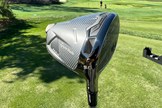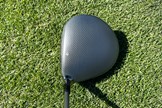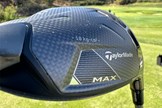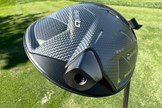Reviewing the TaylorMade Qi35 Max Driver, one thing is clear - this is driver stability given form
Last updated:
-
At a glance
- TG Rating
- Owner Rating
What we say...
TaylorMade’s Qi35 Max driver takes what was an already stellar formula and beefs it up for the 2025 season. It’s built with a particular golfer in mind, but is that golfer you?
When TaylorMade first brought out the Qi series, it seemed like the company was taking a strong pivot away from its traditional ‘distance gains’ take on driver performance. Whether or not that is actually the case (there have been several models that have brought forgiveness to the table), the 10K MOI nature of the TaylorMade Qi35 Max grabs the attention of many, and with good reason as it may be one of the most forgiving drivers of the year.
Acting like the stabilizers on a bike, the pushed-to-the-limit Moment of Inertia helped resist twisting during off-center strikes and gave golfers, both recreational and professional, a confidence and trust off the tee that they hadn’t felt before.
Now back with a tasty new finish and a change in technology to boot, can the TaylorMade Qi35 Max hit the ground running?
The most forgiving driver in the Qi35 Family
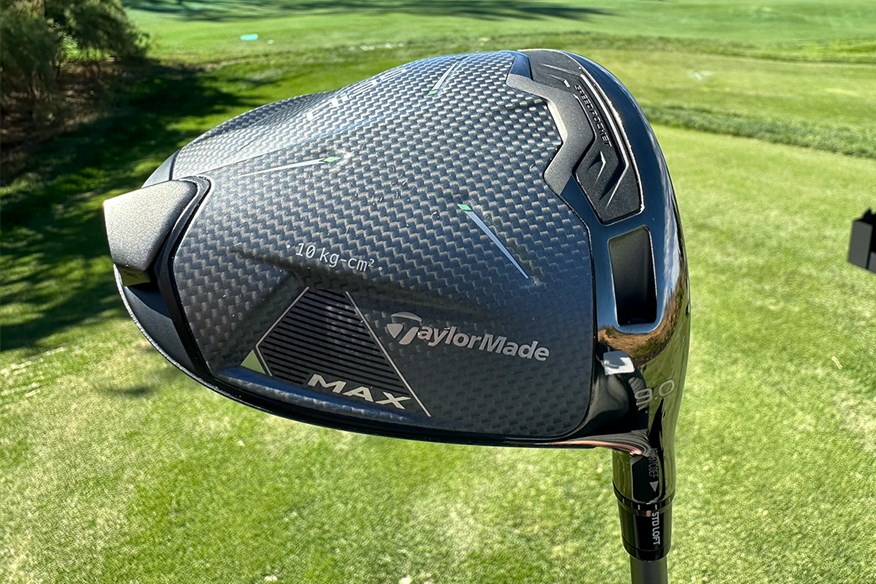

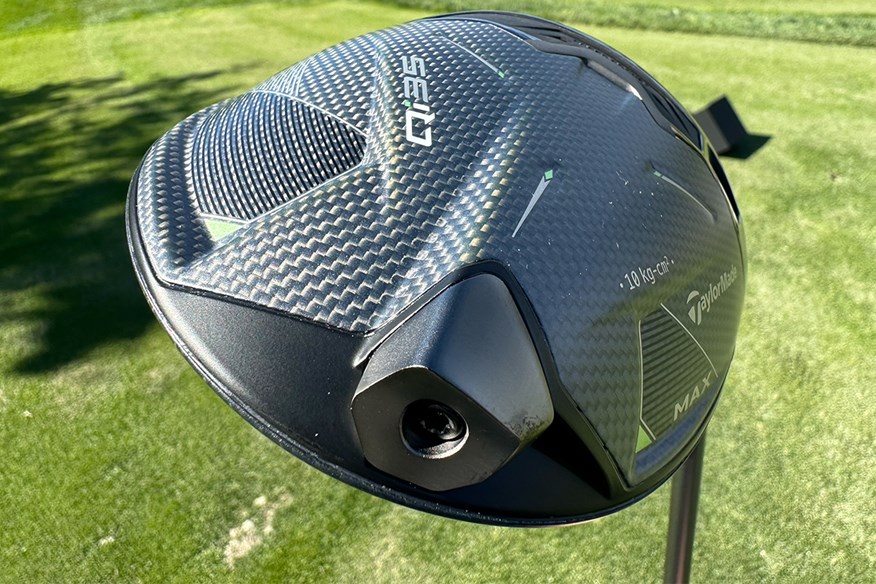
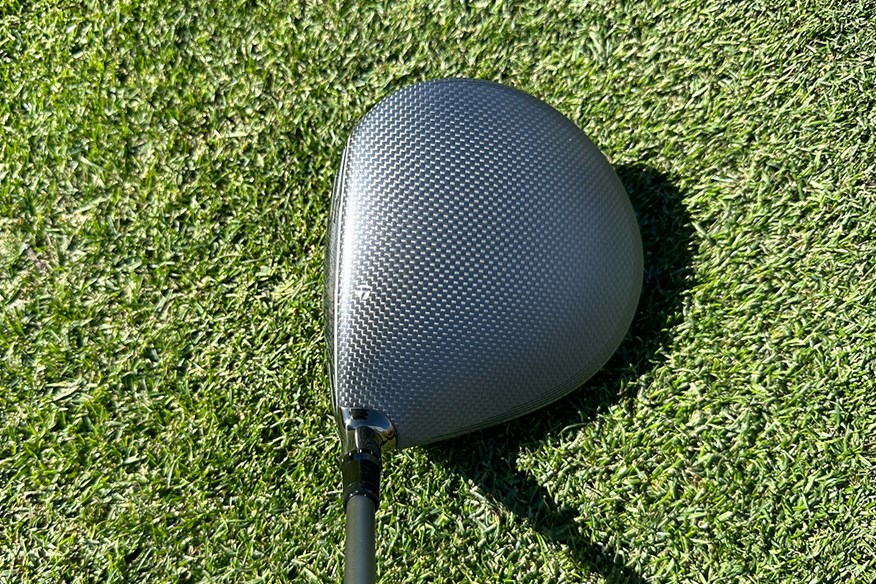
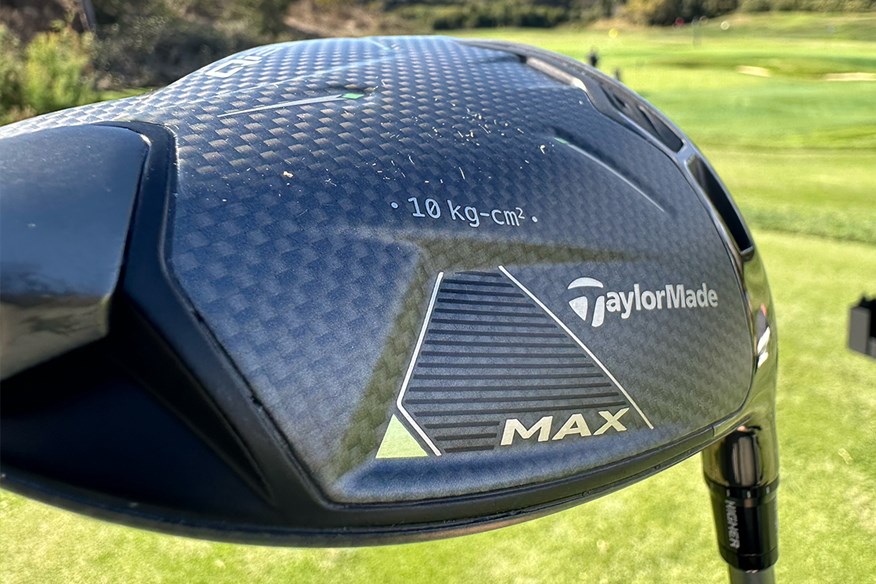
Pros
- The ultimate forgiveness
- Lower spin than last year's Qi10
- The finish frames the ball well
Cons
- The standard Qi35 is nearly as forgiving but even lower spin
| RRP | £529.00 / $599.00 |
| Lofts | 9° / 10.5° / 12º (RH/LH) |
| Head Size | 460cc |
| Standard Shaft Length | 45.75” |
| Stock Shaft Options | Fujikura Air Speeder 50g / Mitsubishi Diamana T+ 60g |
| Stock Grip | Golf Pride Z-Grip Black/Silver |
- Ultra Low Center of Gravity
- Multi-Material Construction
- High Moment of Inertia Design
- Trajectory Adjustment System
- Carbon Twist Face
Looks/Feel – 4/5
Regardless of the similarities between the TaylorMade Qi35 Max and its previous variation, the first thing you’ll notice is a striking difference in the finish compared to the last model. There’s a new chromium carbon finish across all the family this year, but it’s the most obvious in the driver.
It’s a silver-grey across the entire head, with woven layers of carbon fiber visible under the satin finish. It tells a story without being distracting at the address, exactly what you want when you pull the driver.
The head shape will be more familiar, especially if you’ve played the Qi10 Max. It’s a larger profile, one that is dictated by the higher MOI in an effort to pull weight, and the CG, as far back as possible.
It’s not ugly by any standard, but if you grew up with smaller profiles it might be a footprint you’ll struggle with. With both this head and the standard Qi35 model, the larger size is clearly trending more and more, but I’m still not a huge fan personally.

Technology – 4/5
The big story with TaylorMade’s Qi35 family is something called CG Projection. There’s a lot more that can be said about the new design features, but it boils down to trying to maintain forgiveness while also reducing spin for more distance.
It’s a difficult goal to achieve. CG (Center of Gravity) is dictated by something called the ‘Neutral Axis’, a line that runs perpendicular to the face of the golf club. Because clubs have got loft on them, that line inevitably gets closer and closer towards the sole as you get further back so if you’re going to have weight rearward – for the high MOI – it then becomes very difficult to also get CG for lower spin.
Now TaylorMade has got around this by using a very clever mixture of materials and weight movement, in particular a new rear weight port that weighs 34 grams, to drag the CG lower while maintaining that 10K MOI rating.
The company says this new position, 15% lower than the Qi10 Max location, will help bring spin down by an average of 200rpm. Now I know that might not seem like a huge change, but when we’re looking to optimize product in the fitting bay it can be the smallest margins that make the difference.
The one caveat I have with this, and it’s the reason both the Core and the Qi35 LS driver reviews have got five stars in technology, instead of the four given here, is that the Max has no adjustability.
I know the reason for that. It’s because you risk making the Max driver higher than the legal limits of MOI by moving CG that’s that far back. Still though, with how forgiving AND fit-able the core Qi35 driver is, I’m struggling to give this as many marks.
The Qi35 Max Lite
I haven’t mentioned it until now, but there are actually two Qi35 Max drivers (Maxes? Maxi?). TaylorMade has produced the Max we’ve spoken about and then the Max Lite.
The technology is the same in the pair, except Max Lite has had weight removed to make it lighter in weight. This does slightly lower the MOI to something in the mid-9000 range instead of a true 10K, but the argument is that less mass will make more of a difference to the target golfer – those with particularly slow swing speeds – more than an extra 500 g-cm2 of off-center striking help.
While we have taken the Max Lite onto the golf course, the difference for us wasn’t strong enough to justify a separate review, although we’d absolutely encourage you to take to the fitting bay to find out which version will suit you best.

Performance – 4/5
The Qi35 Max does exactly what TaylorMade says it should do; you can’t fault it there. It launches high, provides consistency across the entire face, and there is slightly lower spin.
When I did a brief comparison between the Qi35 Max and the Qi10 Max, spin was averaging 300 rpm lower. This is a significant improvement, considering that all drivers with weight further back have a tendency to ‘tilt-back’ and present more loft at address, and something that we welcome in the product. It absolutely should make the higher forgiveness head more accessible to some higher spin players who don’t always find the center of the face.
But if it’s doing what it’s designed for, why doesn’t that make the Qi35 Max worthy of full marks?
Honestly, it’s because TaylorMade has made the Qi35 core driver so good. I don’t quite know if the Max does enough from a performance perspective that I wouldn’t just go with the other head.
If you’re looking for the ultimate stability, you can’t beat the Max, but if the extra spin is that much of a difference maker, the core isn’t that far away in forgiveness to not be a better alternative.

Overall – 4/5
I’m confused by how I feel about the TaylorMade Qi35 Max driver. If I judge it based on a very specific type of golfer’s needs, it’s a five-star product.
Those who truly struggle with getting the ball airborne and are looking to really gain confidence from a more inspiring head shape should love this model. It’s still not what you’d refer to as a low-spin design and the rearward weight helps add loft and launch at impact.
Lower swing speeds or players who don’t add enough spin to optimize their trajectory will find a fantastic driver to improve their game.
Outside of this, though, I’m struggling to recommend the Max over the standard Qi35. The core model has more fitting options with the weight system, its lower spin (1.6mm CG Projection in the core versus 2.9mm in the Max – nearly half!), and the forgiveness of the standard is still incredibly high.
The only other player I can think of that will benefit from the Max over the core is the golfer who struggles to find the middle of the face but just wants a driver off the rack and ready to use.
However, if you aren’t getting fitted for the Qi35 family, you aren’t listening to TaylorMade’s key message with this line.
I’m not saying you shouldn’t demo the TaylorMade Qi35 Max; it’s a brilliant driver for the right golfer; you’ll even see Nelly Korda, the Women’s World number one, putting the Max in play for her 2025 Tour events.
What I am saying, though, is that you should test the standard Qi35 alongside it to see how it compares for your game.
About the author

Lewis Daff
Lewis joined the Today’s Golfer digital team in 2024, having spent more than a decade in both big-box golf retail and independent stores working as a club fitter and builder.
Experienced with every level of golfer, from beginner to professional, he has achieved Master Fitter and Builder status with most major manufacturers, including Mizuno, Taylormade, and Callaway, helping him to cement both a wide and deep knowledge base, ideal for helping guide golfers towards the correct equipment for them. Lewis specializes in Clubs, Shafts, Training Aids, Launch Monitors and Grips.
In Lewis’ bag is Titleist GT3 Driver (9º) with Fujikura Ventus Black, TaylorMade SIM Max Fairway Woods (15º and 18º), Wilson Staff D9 Forged 3-iron, Srixon ZX7 MKii Irons (4-PW), Titleist SM9 Wedges (52º, 60º), Toulon San Diego Putter, and the Titleist ProV1X Left Dash.
Talk to Lewis about why steel shafts are now dead and graphite is the only way forward, or any other equipment you’d like to debate, via his email, Instagram, or Bluesky.


